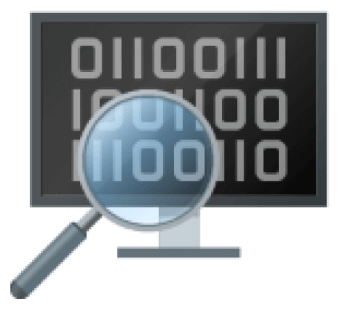Debugging is an integral part of the design activity. Done during the testing phase in a design, designers and testers employ various techniques of debugging. Debugging can be either in firmware or hardware. The most usual and obvious option is to debug your firmware using the Integrated development Environment (IDE) but some engineers do employ different techniques than simple break point process. This is because the IDE doesn't support debugging (for example Arduino at this point) or they like doing it the ways they like. some of these techniques include:
- Using LEDs on the board and turning them ON and OFF to understand where the code execution has reached
- Toggling GPIO pins and measuring the voltages on the pins to ensure that their code has reached where they expected
- Designers do use timers in different ways for debugging to calculate execution time
- Designers use serial port to print the debug messages
- 'Some designers have OPCODES written and prints them on serial port to get to know the code execution status
- Points which involve critical tasks designers do use alarms like turning on a buzzer
- If code involves extensive debugging, there are some techniques used like using a counter and print only when count has reached specific step. This saves execution time and at the same time debug as well






0 Comments